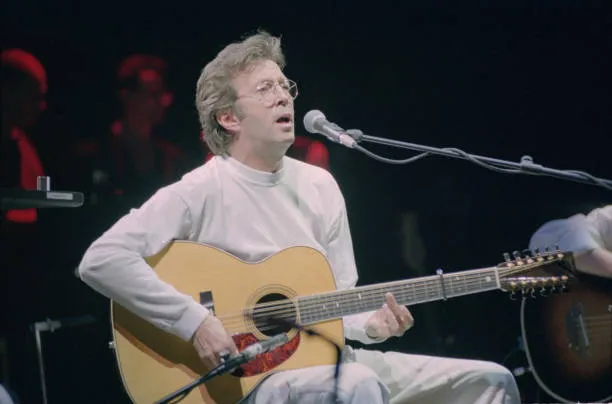About The Song
(Watch the video below)
"Let It Be" stands as one of the most iconic albums in the history of popular music, marking a poignant and tumultuous chapter in the legacy of The Beatles. Released in May 1970, this album was the band's twelfth and final studio release, encapsulating both the creative zenith and the fraught disintegration of the most influential band of the 20th century.

The album's genesis was mired in conflict and discord. Originally conceived under the working title "Get Back," the project was intended to be a return to the Beatles' roots—a stripped-down, live-in-the-studio recording free from the lavish production that had characterized their later work. However, the sessions quickly descended into acrimony. Personality clashes, particularly between Paul McCartney and George Harrison, as well as John Lennon's increasing detachment and reliance on Yoko Ono, contributed to a fraught atmosphere. The departure of their manager, Brian Epstein, also left the band without a crucial unifying force.
Despite these challenges, "Let It Be" produced some of the Beatles' most enduring music. The title track, written by McCartney, is a poignant, gospel-inflected piano ballad that has become synonymous with resilience and hope. Its lyrics, inspired by McCartney's late mother, offer solace with the refrain "Let it be." This song, alongside others like "Across the Universe," showcases the band's unparalleled ability to blend introspective lyricism with universal themes.

"Across the Universe," penned by Lennon, is another standout track. It is an ethereal, almost meditative song that Lennon himself considered one of his best compositions. The line "Words are flowing out like endless rain into a paper cup" exemplifies Lennon's gift for evocative imagery. The song's spiritual undertones and serene melody contrast sharply with the turmoil behind the scenes.
"Get Back," the album's raucous rock and roll centerpiece, captures the original spirit of the project. McCartney's driving bassline and the song's energetic feel harken back to the Beatles' early days in the clubs of Liverpool and Hamburg. However, it also subtly reflects the band's desire to reclaim their past amid the pressures of their present circumstances.

The production of "Let It Be" was as contentious as its recording. Initially shelved, the tapes were handed over to producer Phil Spector, known for his "Wall of Sound" technique. Spector's lush orchestral arrangements and heavy-handed production style were a stark departure from the Beatles' original intention of a raw, unadorned sound. This move was particularly controversial among the band members, with McCartney notably dissatisfied with the treatment of his songs, especially "The Long and Winding Road."
In addition to its musical significance, "Let It Be" was accompanied by a documentary film of the same name, which provided an unvarnished look at the band's creative process and interpersonal conflicts. The film, while offering glimpses of their genius, also laid bare the fraying bonds that would soon lead to the Beatles' breakup.

"Let It Be" thus serves as both a swan song and a mirror to the Beatles' trajectory—showcasing their artistic brilliance even as it reflects the personal and professional strains that ultimately pulled them apart. The album remains a testament to the enduring power of their music, capturing a moment of transition with songs that continue to resonate with listeners across generations. In the end, "Let It Be" is not just an album; it is a lasting symbol of the Beatles' legacy, embodying both the zenith of their creativity and the poignancy of their final chapter.



